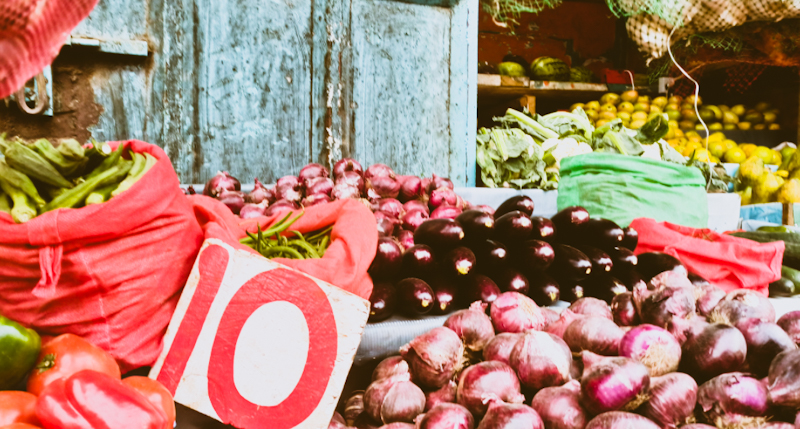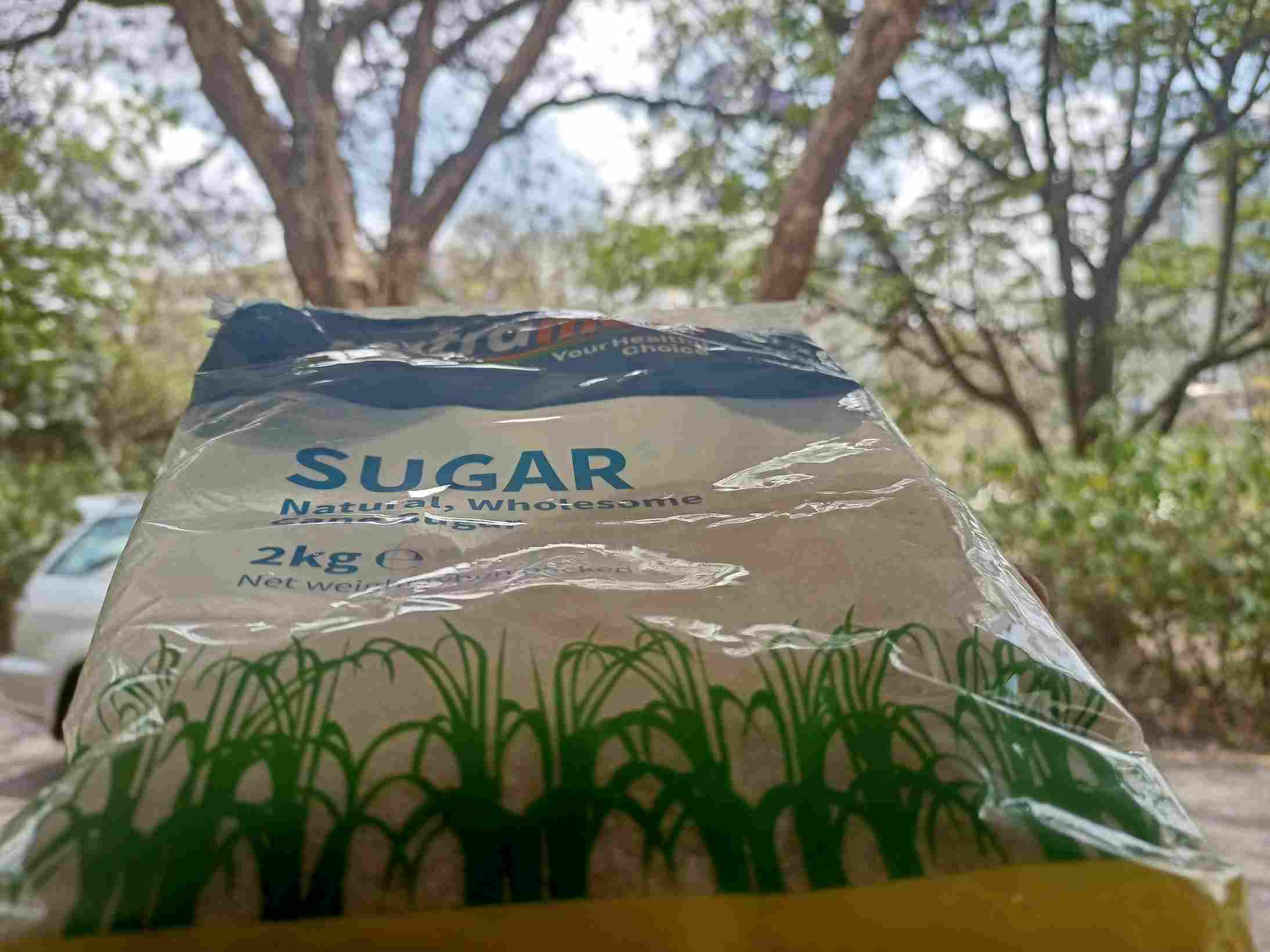Inflation hit Kenyans hard in May, as the Consumer Price Index (CPI) index rose to 8 per cent compared to 7.9 per cent in April, data from the statistics office showed on Wednesday.
On a monthly basis, May inflation was at 0.9% compared to 0.5% in April due to an increase in food and non-food alcoholic beverages (10.2 per cent), as well as housing, water, electricity, gas, and other fuels (97 per cent) and transport (10.1 per cent).
“The rise in annual inflation was mainly due to an increase in prices of commodities under the following Classification of Individual Consumption by Purpose (COICOP) divisions,” KNBS said in its monthly review.
During the review period, sugar recorded the highest increase of 22 per cent followed by carrots and onions at 6.3 and 5.1 per cent respectively.
This was from an average of KSh159 in April, when the prices of the commodity rose to KSh194.29 in May.

The cost of kale, cabbage, and avocado dropped by 7.4 per cent, 5.7 per cent, and 4.4 per cent, respectively, in the review period.
The housing, water, electricity, gas and other fuels’ index, increased by 0.7 per cent between April 2023 and May 2023.
“This was mainly due to an increase in prices of kerosene by 10.2 per cent between April 2023 and May 2023.”
During the week, the Monetary Policy Committee (MPC) held the Central Bank Rate at 9.5 per cent to
allow for full transmission of previous monetary policy actions.
The inflation rate has remained above the government’s target range of 2.5 –7.5 per cent, with market analysts noting a need for the MPC to balance the upside risks to inflation with downside risks to growth.
“Food inflation is expected to moderate in the coming months following the long rains, and lower global food prices,” said the MPC on Monday.
“Nevertheless, the recent increases in electricity prices, the removal of the fuel subsidy, and a sharp rise in sugar prices are expected to exert moderate upward pressure on overall inflation.”
Globally, sugar and rice prices increased by 49 per cent and 17.5 per cent year-on-year, respectively. Global production of sugar has gone down while some local cane producers have recently switched to maize production.
Consequently, global rice output is near its decade-low following adverse weather in Asia (China and Pakistan).
“We thus hold the view that the price of rice will remain high for most of 2023 due to this output shortfall coupled with the war in Ukraine. Wheat flour prices moderated to record a slight increase of 2.8 per cent month-on-month as local millers continue to adjust local prices,” Notes NCBA in their Inflation Reaction report.




